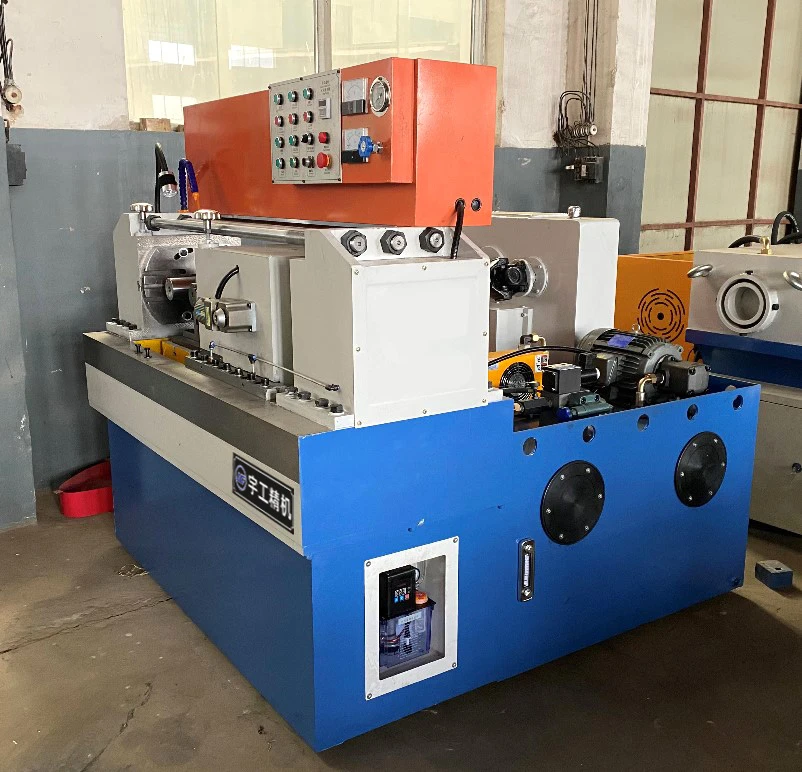
-
 Afrikaans
Afrikaans -
 Albanian
Albanian -
 Amharic
Amharic -
 Arabic
Arabic -
 Armenian
Armenian -
 Azerbaijani
Azerbaijani -
 Basque
Basque -
 Belarusian
Belarusian -
 Bengali
Bengali -
 Bosnian
Bosnian -
 Bulgarian
Bulgarian -
 Catalan
Catalan -
 Cebuano
Cebuano -
 Corsican
Corsican -
 Croatian
Croatian -
 Czech
Czech -
 Danish
Danish -
 Dutch
Dutch -
 English
English -
 Esperanto
Esperanto -
 Estonian
Estonian -
 Finnish
Finnish -
 French
French -
 Frisian
Frisian -
 Galician
Galician -
 Georgian
Georgian -
 German
German -
 Greek
Greek -
 Gujarati
Gujarati -
 Haitian Creole
Haitian Creole -
 hausa
hausa -
 hawaiian
hawaiian -
 Hebrew
Hebrew -
 Hindi
Hindi -
 Miao
Miao -
 Hungarian
Hungarian -
 Icelandic
Icelandic -
 igbo
igbo -
 Indonesian
Indonesian -
 irish
irish -
 Italian
Italian -
 Japanese
Japanese -
 Javanese
Javanese -
 Kannada
Kannada -
 kazakh
kazakh -
 Khmer
Khmer -
 Rwandese
Rwandese -
 Korean
Korean -
 Kurdish
Kurdish -
 Kyrgyz
Kyrgyz -
 Lao
Lao -
 Latin
Latin -
 Latvian
Latvian -
 Lithuanian
Lithuanian -
 Luxembourgish
Luxembourgish -
 Macedonian
Macedonian -
 Malgashi
Malgashi -
 Malay
Malay -
 Malayalam
Malayalam -
 Maltese
Maltese -
 Maori
Maori -
 Marathi
Marathi -
 Mongolian
Mongolian -
 Myanmar
Myanmar -
 Nepali
Nepali -
 Norwegian
Norwegian -
 Norwegian
Norwegian -
 Occitan
Occitan -
 Pashto
Pashto -
 Persian
Persian -
 Polish
Polish -
 Portuguese
Portuguese -
 Punjabi
Punjabi -
 Romanian
Romanian -
 Russian
Russian -
 Samoan
Samoan -
 Scottish Gaelic
Scottish Gaelic -
 Serbian
Serbian -
 Sesotho
Sesotho -
 Shona
Shona -
 Sindhi
Sindhi -
 Sinhala
Sinhala -
 Slovak
Slovak -
 Slovenian
Slovenian -
 Somali
Somali -
 Spanish
Spanish -
 Sundanese
Sundanese -
 Swahili
Swahili -
 Swedish
Swedish -
 Tagalog
Tagalog -
 Tajik
Tajik -
 Tamil
Tamil -
 Tatar
Tatar -
 Telugu
Telugu -
 Thai
Thai -
 Turkish
Turkish -
 Turkmen
Turkmen -
 Ukrainian
Ukrainian -
 Urdu
Urdu -
 Uighur
Uighur -
 Uzbek
Uzbek -
 Vietnamese
Vietnamese -
 Welsh
Welsh -
 Bantu
Bantu -
 Yiddish
Yiddish -
 Yoruba
Yoruba -
 Zulu
Zulu
Popular Methods of Thread Rolling Techniques and Their Applications
Famous Types of Thread Rolling
Thread rolling is a widely utilized manufacturing process that involves converting a solid round workpiece into a threaded component. This method is increasingly favored due to its ability to produce high-strength parts with excellent surface finishes while minimizing material waste. Among the various types of thread rolling techniques, some methods stand out for their unique applications and benefits.
Famous Types of Thread Rolling
Another widely recognized method is thread rolling with a flat die, which employs a flat die setup to roll threads onto a workpiece. This technique is particularly beneficial for achieving accurate thread dimensions and is often utilized for smaller thread sizes. The flat die method allows for precise control over the final thread profile, making it ideal for applications that require exact tolerances, such as precision mechanical components found in the automotive and aerospace industries.
famous types of thread rolling

Planetary thread rolling is another notable variant in the realm of thread rolling processes. In this method, the workpiece is held stationary while multiple rollers rotate around it. This operation results in uniform threads while significantly enhancing the efficiency of the process, allowing manufacturers to create complex profiles without repositioning the workpiece. Planetary rolling is particularly advantageous for producing long and intricate threaded components, which are often used in heavy machinery and equipment.
Cylindrical thread rolling, as the name suggests, focuses on generating threads on cylindrical surfaces. This process is performed using cylindrical rollers that come into contact with the workpiece to form threads. Its design and implementation allow for variable thread sizes and pitch, making it a flexible solution for manufacturers. Cylindrical thread rolling is commonly found in the production of fasteners, connectors, and other industrial applications.
Moreover, multi-axis thread rolling has gained popularity in recent years due to its capacity to create complex thread forms in a single operation. This innovative method uses multiple axes of movement, allowing for a greater variety of thread sizes and configurations to be produced simultaneously. Multi-axis thread rolling is especially useful in automotive applications, where components often require unique and varied thread designs.
In summary, thread rolling is a vital manufacturing process that enhances the strength and integrity of threaded components while optimizing material use. Techniques such as form rolling, flat die rolling, planetary rolling, cylindrical rolling, and multi-axis rolling each offer distinct advantages tailored to different industry needs. As demand for precision-engineered parts continues to grow, the application of these famous thread rolling methods will remain integral in enhancing manufacturing capabilities and producing high-quality threaded components.
